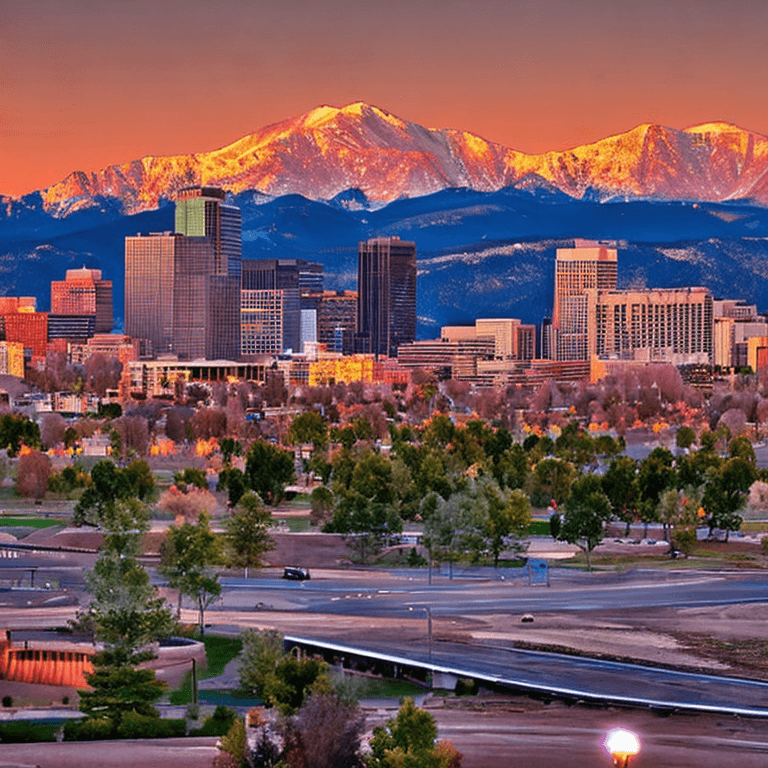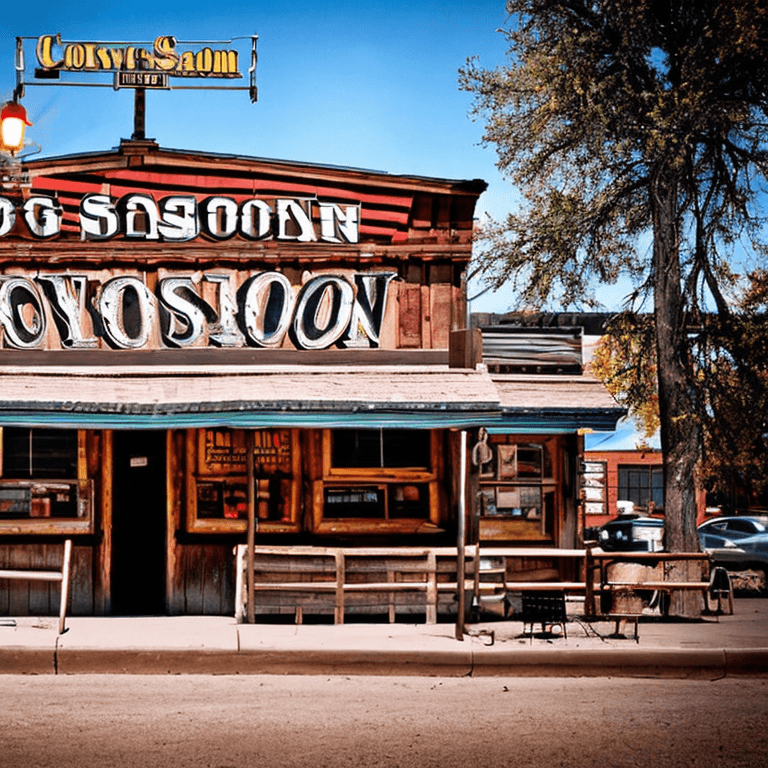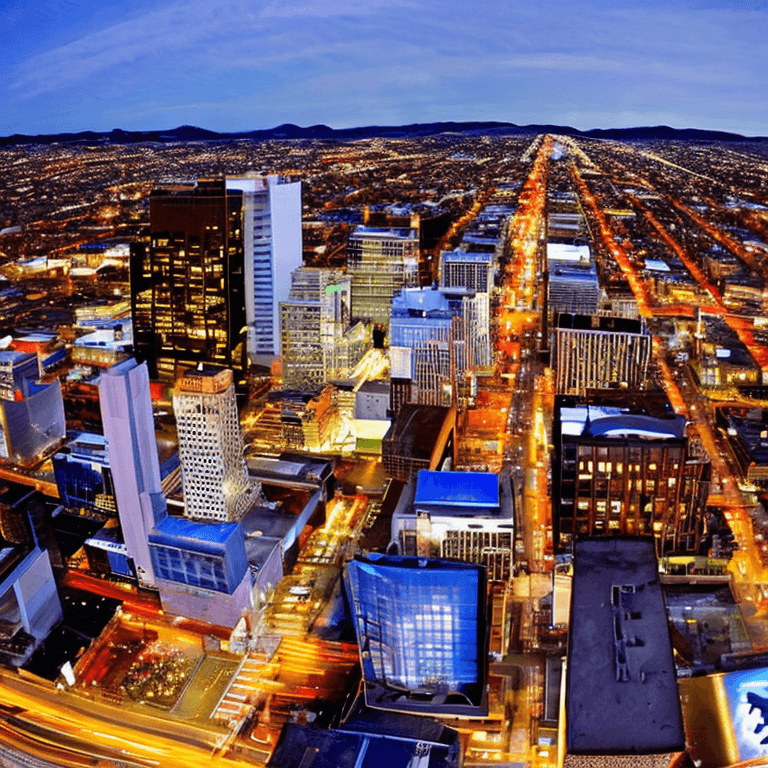The History of Denver
The history of Denver is filled with people and events that have shaped the city. From its gold rush to its revival after oil.
Early Denver was a crossroads for people who traveled between the Great Plains and Rocky Mountains. Archaeological evidence from prehistoric indigenous sites suggests that people of different cultures interacted and interacted in this area.
Gold Rush
The Gold Rush of 1849, or the first boom in gold in Denver was a significant event in the city's history. It brought many people to the region who were looking for fortune or a new start in life.
Clear Creek and Gilpin Counties were the first counties to discover gold west of Denver. Several prospectors made successful strikes in that area, including George Jackson in Idaho Springs and John Gregory in Cherry Creek.
These discoveries were not enough to reenergize gold rush. To attract new miners it took a lot publicity. Boosters such as William N. Byers, editor of Denver's first newspaper called the Rocky Mountain News, started campaigns to attract gold-lovers.
Over 100,000 men had left their homes in Kansas and Nebraska, to travel across the plains to the mountains of Colorado by the spring of 1859. They were known as "Fifty-Niners."
Some were looking for the gold that was found in gulches like Clear Creek and Gold Run in Boulder County. Others were more determined and searched for hidden gold in Colorado's mountains.
John Gregory, a Georgian who made the first major gold discovery in the region surrounding Central City. He was a red-haired, wiry cracker with a keen eye for the gold in his home country.
Gregory was followed by many other prospectors who struck gold strikes in Clear Creek and Gold Run. The prospectors who continued to search in the mountains were rewarded by the discovery of rich gold from the placer.
The gold rush made Colorado a major mining area and a city dependent on railroads. The city grew rapidly, eventually becoming the capital of the Territory of Colorado in 1881. Denver is a vibrant metropolis with a variety of parks, museums, attractions, and other attractions that honor its rich history.
Silver Rush
Gold and silver mining was the main engine of economic growth of Colorado in the 19th century. It generated more than $1 billion in revenue and created many millionaires early such as Horace Tabor and Nathaniel Hill.
The rush began in 1849 when a group of California prospectors set off west to search for their fortune. They discovered some gold in Ralston Creek, close to present-day Arvada and later discovered placer gold (veins of gold embedded in the rock) at Cherry Creek. These discoveries were only teasers, but they did spark curiosity in a handful of Midwestern investors and Eastern investors, who swiftly joined in and began exploring the area further.
The word spread and hundreds of thousands of people came to northeastern Colorado in search of their fortune. They came from a variety reasons, including wanting a new beginning or being involved in the tensions between North and South.
A few were motivated by the prospect of wealth by reading promotional literature like Horace Greeley's "Go West Young Man." These men were also fueled by an unending desire for adventure.
Whatever their motivations they all found their fortune in silver and gold mining. The Bland-Allison Act of 1878 which required Congress to purchase 4.5 million ounces of silver per Month and the discovery of silver in the the 1860s, significantly increased the cost of silver, and also allowed the establishment of more mines throughout the state.
The economy plummeted after the silver boom and a lot of mining districts struggled to survive. Durango and Ouray, in southwest Colorado continued to be strong, while others, like Creede or Silverton in the San Juan Mountains, floundered.
Culture Rush
Denver is a cultural hub. Denver is home to some of the most important art institutions in the United States, and is home to world-class museums that celebrate the past and the present.
Denver Art Museum is a excellent place to visit with collections that span from prehistory through the 21st century. It is also just across the street from the Clyfford Museum which is home to the largest collection of American abstract expressionist art.
Denver transformed its status from a frontier city to a modern, prosperous metropolis as the culture craze continued. This change was enabled by a new train line that connected Denver with towns and cities across the country.
This new route also resulted in more revenue for the city, which led to an increase in population growth. At the time World War II started, Denver was the third-largest city in the United States with a population of over 322,000.
The US Mint was another factor which contributed to the development of Denver. It was founded in Denver in 1878. The mint is now a popular tourist destination and tours are available every day.
It is a must to visit the Molly Brown House, the former residence of Denver's first female mayor. The Victorian-style house that has been restored offers a glimpse into the lives of its occupants and a fascinating look at Colorado's history.
Though the Gold Rush helped to shape Denver's image, it wasn't without its problems. Many of the people who left their homes in eastern America to find the riches of the west were not well-prepared for the journey. They often traveled in wagons , and were at risk of starvation, dehydration, and even death. These circumstances led to a an increase in xenophobia and fear that resulted in the creation of the Ku Klux Klan.
Oil Boom
Denver City was transformed by the oil boom of 1849. This was a time when people flocked from all over the country to work in the oil fields. The boom created a huge demand for restaurants, housing hotels, water systems, hotels and more and all of these were required to accommodate the increasing number of workers in the western part of Colorado.
To accommodate workers and visitors to accommodate workers and visitors, several towns were constructed in the region. Some were small communities with a few shops and eateries, while other towns were huge oil towns that had hotels, restaurants and recreation facilities.
Gearhart was among the most well-known, and was situated about half one mile from the Patterson well. The town had many establishments, including general stores and a grocery store and a barbershop/poolhall as well as machine shops and many other services.
Workers from other areas adored the town because it was affordable and easy to get to. It also featured the dance pavilion which was where workers and guests could dance.
The boom was a wonderful time for certain, but it also brought a lot of hardship to Denver and the surrounding communities. Some towns and families were forced to leave their homes, while others fail or be in financial difficulty.
Additionally, many towns were faced with a shortage of workers as people from other parts of the country were drawn in by the high-paying jobs available in western Colorado. Those who did not work in the mines had to find accommodation, improve wooden water lines to accommodate the increased flow, and prepare meals in restaurants that were crowded with tourists and workers who had just arrived.
The Denver-Julesburg Basin today is among the most important oil shale plays in world. However, while the oil industry remains a major part of the economy of the state, it is not the main driver. Companies are focusing on other industries such as cleantech and finance, to drive economic growth, and the production of oil and gas isn't expected to grow as fast as it did when the law was passed.
Boom and Bust Cycle
Boom and bust cycles are a cycle of economic growth and decline that occurs in capitalist nations. Booms are when the economy is growing, jobs are plentiful, and investors get high returns on their investments. When the boom ends and the economy begins to shrink and people lose their jobs and investors lose money.
During the boom of the current economic crisis, the central bank makes it easier for people and companies to borrow money by lending it at low interest rates. They can then invest the money in businesses or technology stocks, or even houses and expect a high return on their investment.
Related: Denver Car Accident Attorney
Businesses begin to cut back on their spending once the economy slows and employees lose their jobs. To raise funds for payroll, business owners sell their assets, including houses, stock portfolios, and other assets.
Colorado's history is marked by boom-and-bust cycles. These include the gold rush of 1849 and the 1893 Panic. However, the state's economy is now more stable and doesn't rely on mining.
In the 1980s, the energy boom transformed Denver into a city with towering skyscrapers. The "Mile High City" was given to the city.
The most significant economic destabilizer for Denver was the erratic construction industry. During the boom in energy developers frequently built projects simply because they had the money to build them.
This trend is resurfacing in the current real estate boom, especially in the Front Range. It's possible that the Colorado economy could once more fall into the typical boom-and-bust cycle.
Denver, Colorado Car Accident Resources:


